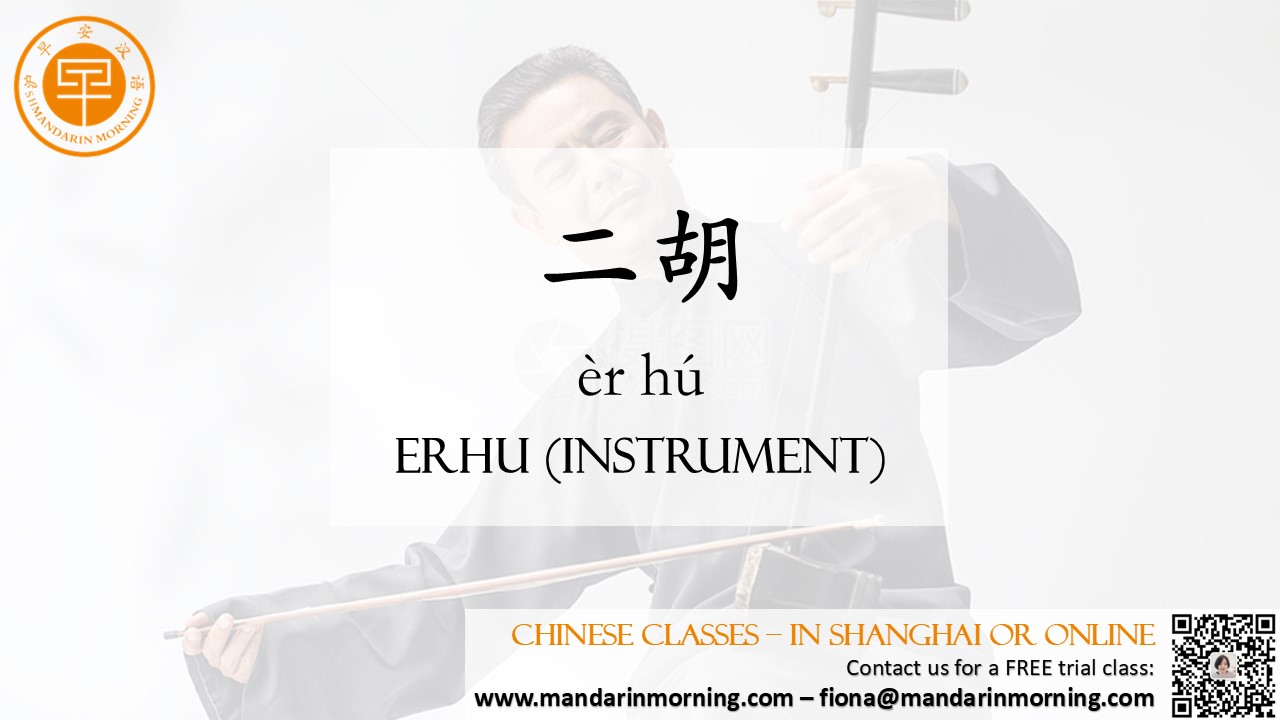【Learn Chinese】Chinese Musical Instruments |
Today, let's explore the fascinating names of traditional Chinese musical instruments and uncover their unique sounds and cultural significance. First, let's talk about the 二胡 (èrhú). This two-stringed bowed instrument is often referred to as the "Chinese violin." Its hauntingly beautiful melodies can evoke deep emotions. The 二胡 is made from a long, narrow wooden body and a small soundbox, usually covered with python skin. It is played by drawing a bow across the strings, creating a rich, expressive sound. Another iconic instrument is the 古筝 (gǔzhēng), also known as the Chinese zither. With a history of over 2,500 years, this plucked string instrument has a unique and elegant charm. The 古筝 typically has 21 strings, and its body is made of wood. Musicians play it by plucking the strings with their fingers or using special picks. Its sound is soft, clear, and resonant, often used to create soothing and meditative music. If you are fascinated by percussion instruments, the 鼓 (gǔ) is a must-know. In Chinese culture, drums have been used for thousands of years in various ceremonies and performances. The most common type is the 大鼓 (dàgǔ), a large drum that produces a powerful and resonant sound. Drums are played with wooden sticks and can create a wide range of rhythms, from slow and steady to fast and energetic. For those who love wind instruments, the 笛子 (dízi) is a delightful discovery. This bamboo flute is one of the most popular traditional Chinese instruments. It is usually made from a single piece of bamboo with several finger holes. The 笛子 produces a bright, clear sound that can be both lively and gentle. It is often used in folk music and orchestras to add a touch of natural beauty. Lastly, let's not forget the 琵琶 (pípá). This plucked string instrument has a pear-shaped body and four strings. The 琵琶 is played by plucking the strings with the fingers or using a plectrum. Its sound is rich and varied, capable of producing both delicate and powerful melodies. It has been an essential part of Chinese music for centuries and is often featured in classical and traditional performances. Learning the names of these instruments is not only a great way to expand your Chinese vocabulary but also to appreciate the rich cultural heritage behind them. |